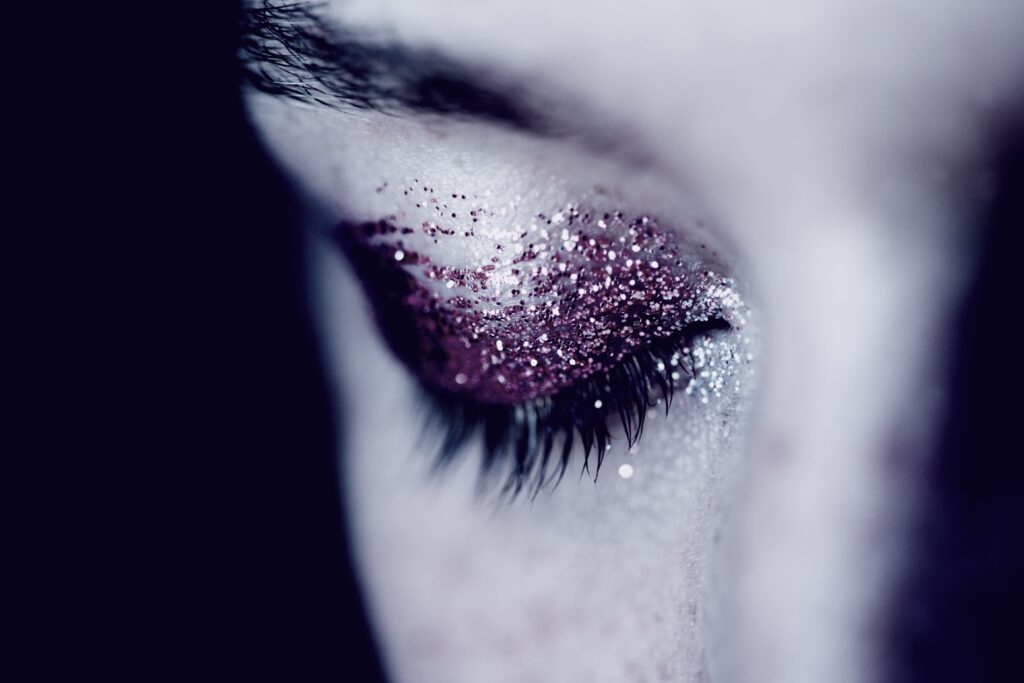We dream about what preoccupies us, and during the pandemic things got weird
You’re giving a presentation—without any pants. The plane to your business trip is taxiing away as you run for the gate. And what’s the boss from your first job doing here?
Don’t worry, it was just a dream. And you’re not alone. A lot of people say work has invaded their sleep, especially during the pandemic, as boundaries have been obliterated and burnout is on the rise. The good news: dreams can help us solve problems, or reach realizations about our careers and ourselves.
“Dreams are just thinking in a different brain state,” says Deirdre Barrett, a psychology lecturer at Harvard University and author of the 2020 book “Pandemic Dreams,” based on her survey of over 9,000 dreams. Whatever you’re worried about during your waking hours, whatever really matters to you, is going to visit you at night, she says.
In addition to dealing with an infinitely self-generating pile of paperwork or suddenly realizing you dropped the ball on a project—typical work dreams, Dr. Barrett says—we’re now being encircled by plexiglass, surrounded by hacking colleagues or forced to walk across a filthy carpet barefoot.
Here’s another harrowing one: “I’m sort of in my office and yet my kids are wandering around my office screaming,” Dr. Barrett says, referencing sleep diaries that she’s studied and describing many of my actual workdays this year.
Most pandemic dreams are indicative of our anxiety, she says, about everything from job loss in the spring of 2020 to returning to the workplace this fall. If you want to change the channel, try picturing something you would like to dream about as you lay on the pillow. It works about 50% of the time, Dr. Barrett says.
Andrew G. Rosen’s least favorite work dreams are the boring ones. No disaster, no embarrassment. He’s just sitting at a conference table.
“And nothing happens,” the Floral Park, N.Y., marketing professional says. “You’d wake up and have this sort of work fatigue where you feel like you’ve been working for 24 straight hours.”
Then again, his quintessential pandemic dream wasn’t much fun either. There’s an impossibly tangled clump of wires. His microphone isn’t working. His clueless face flickers on the screen as colleagues bark conflicting demands at him. It’s the Zoom call from hell.
At least prior work nightmares taught him something. A recurring one, starring an old boss, convinced him that it was time to leave that job. The videoconferencing dream, which came around the one-year anniversary of the start of working from home, mostly just brought him to the realization: “This is my new life.”
Many of our dreams are about our deepest insecurities and fears, and the ways in which we think we’re falling short in our careers.
Lauren Weeks, a 28-year-old server at a Denver restaurant, wants you to know she didn’t actually forget your ranch dressing. She always remembers, even if it’s at 4 a.m. with her eyes closed.
“Ketchup to 43!” she screams in her sleep, according to her boyfriend.
“I have those dreams like everybody hates me and I’m such a terrible server,” Ms. Weeks says. They started the night of her very first shift as a hostess, years ago. She has learned to laugh at them.
“I think I just became more sure of myself,” she says.
We process emotional events while we sleep, taking some of the sting out of the day’s mishaps while we’re unconscious, says Christopher Barnes, a management professor at the University of Washington.
‘I was like, why are you in my dreams? Get out.’— entrepreneur Ebony Andersen
But some of the negative feelings might linger the next morning. A study from Dr. Barnes and colleagues found that when workers experienced certain kinds of stressors during the workday, impediments like bureaucratic red tape or threats to their job security, they had bad dreams. The next morning, they felt upset and distressed, regardless of how long or well they slept.
“Dreams are sort of a linking mechanism,” Dr. Barnes says.
They can also be an opportunity to think creatively and solve problems. Ebony Andersen was struggling to nail the design of a cannabis speakeasy she’s opening in Los Angeles. Then she had a dream.
“I felt the vibe of what it was supposed to be, the music, the smells,” she says. Based on her vision, she and her team created custom scents with elements of grass and leather, and swapped plans for a concrete floor with a wooden herringbone pattern.
In other dreams, Ms. Andersen says she is in a spaceship command center, fielding pastel-colored three-dimensional blocks that keep coming at her with work demands. A contractor pops out of one, detailing problems with a building project. One of her business partners shows up. A lot.
His presence, in her dream world, sometimes brings a weird tension, reminiscent of a love triangle. Happily married, Ms. Andersen says there’s nothing romantic between them in real life.
“I was like, why are you in my dreams? Get out. It was just awkward.”
She eventually got over the uncomfortableness and told him about the dreams. “Now we can laugh about it,” she says.
At the beginning of the pandemic, Godard Abel, chief executive officer of business software reviews site G2, woke up almost every night, covered in sweat.
His recurring dream was like the grown-up version of that classic test-anxiety nightmare: He’d look at his calendar and be shocked to discover he had a customer pitch he was totally unprepared for. Oh, and it started 30 minutes ago.
He took the dream as a sign that he needed to take better care of himself. He started following a three-hour-long evening routine recommended by the Indian yogi and mystic known as Sadhguru. It includes meditation and a cold shower, and forbids eating, drinking and screen time before bed, Mr. Abel says.
When he adheres to it, his sleep is different, deeper and mercifully free of nightmares—he thinks. He wakes up not recalling anything at all.
Write to Rachel Feintzeig at [email protected]
Copyright ©2022 Dow Jones & Company, Inc. All Rights Reserved. 87990cbe856818d5eddac44c7b1cdeb8
Appeared in the October 11, 2021, print edition as ‘What Work Dreams Mean.’



